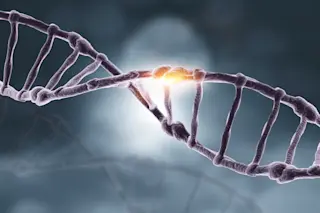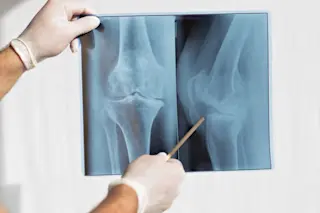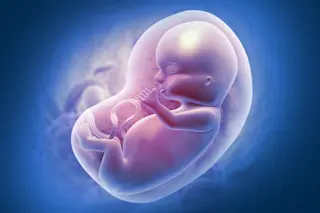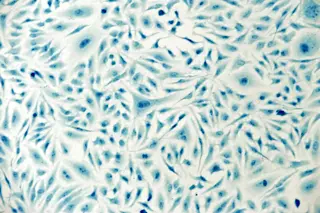Dienekes points to a David Reich video where he shows his hand as to future possible results to come out of his lab. The short of it is that
it seems likely that most agricultural populations exhibit the same dynamic outlined in Reconstructing Indian History
. At the least you have an intrusive group admixing with indigenes. At the extreme you have total replacement. The pattern is confirmed for India, Ethiopia, and Southeast Asia. It seems highly likely in Europe. There are other rumored results in East Asia which might shake things up. On a minor note, I do want to add that I think many archaeologists aren't going to be totally surprised that modern Europeans don't derive by and large from Aurignacians. But, the relatively recent nature of the map of genetic variation which we take for granted probably will shock, and result in a high degree of skepticism. Yet if I had to bet I would bet on the model being sketched out by David Reich. These admixtures and replacements are likely to resolve some confusions of our understanding of the settlement of the world using simple tree models with branching points tens of thousands of years in the past (e.g., you already know that Oceanians will have a longer branch because of archaic admixture). But one peculiar non-scientific aspect of this is going to be how it will make people reformulate their national narratives. Multi-regionalism has long been strong in China, with some arguing that it has roots in ideology. The residents of the Middle Kingdom would purportedly like to think that their ancestors were very long term residents, perhaps back to Peking Man! But it is not just Chinese who may be discomfited. Here is the website of an organization called the Asatru Alliance:
Asatru is thousands of years old. Its beginnings are lost in prehistory, but it is older than Christianity, Islam, Buddhism, or most other religions. The spiritual impulses it expresses are as ancient as the European peoples themselves - at least 40,000 years, and perhaps much older.
The likely reality: Europeans as we understand them today are a synthesis of various processes between the last Ice Age and the Bronze Age, between 12 and 4 thousand years ago. Additionally, in all likelihood they are a synthesis of various peoples, not one people whose roots go back to the early Paleolithic. This is probably true for Chinese, and is certainly true for Indians. If the David Reich is right, it may be true for Australian Aborigines as well. Interesting times.













